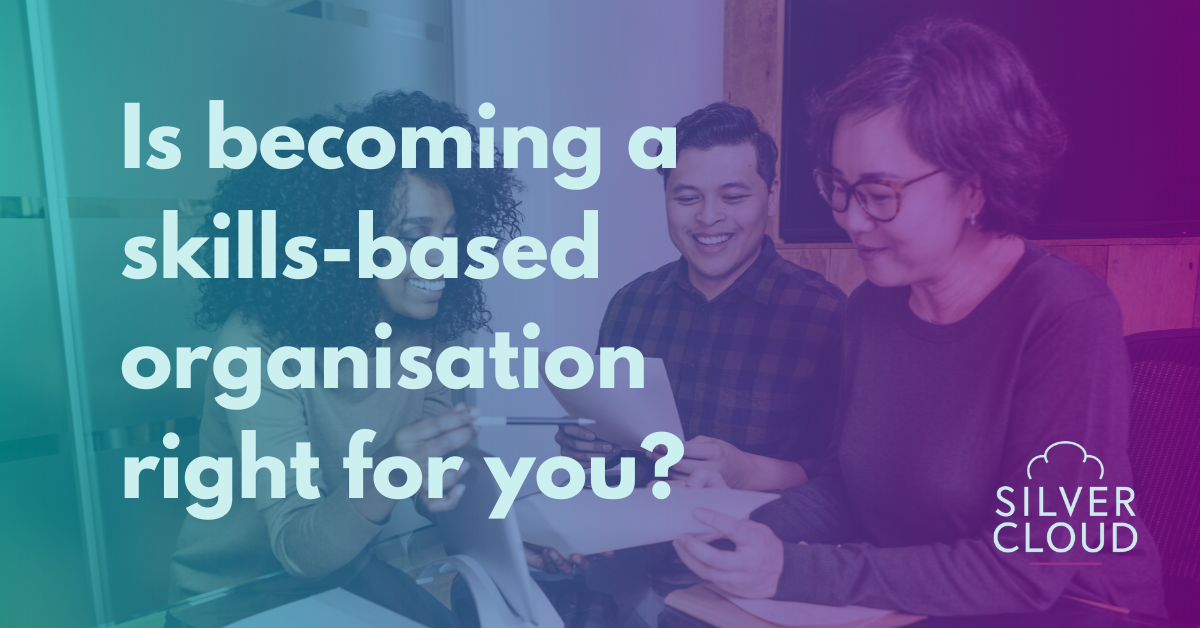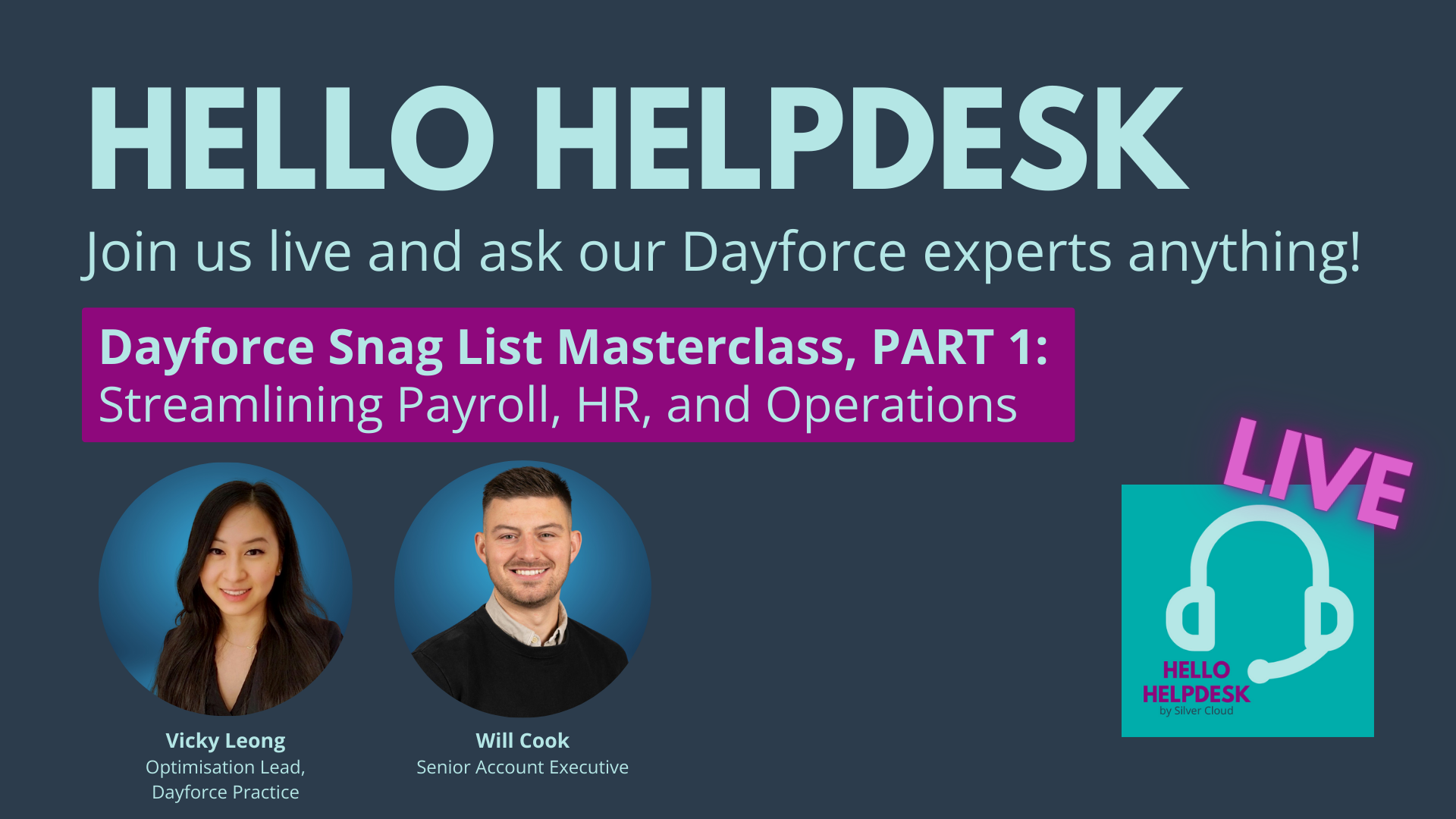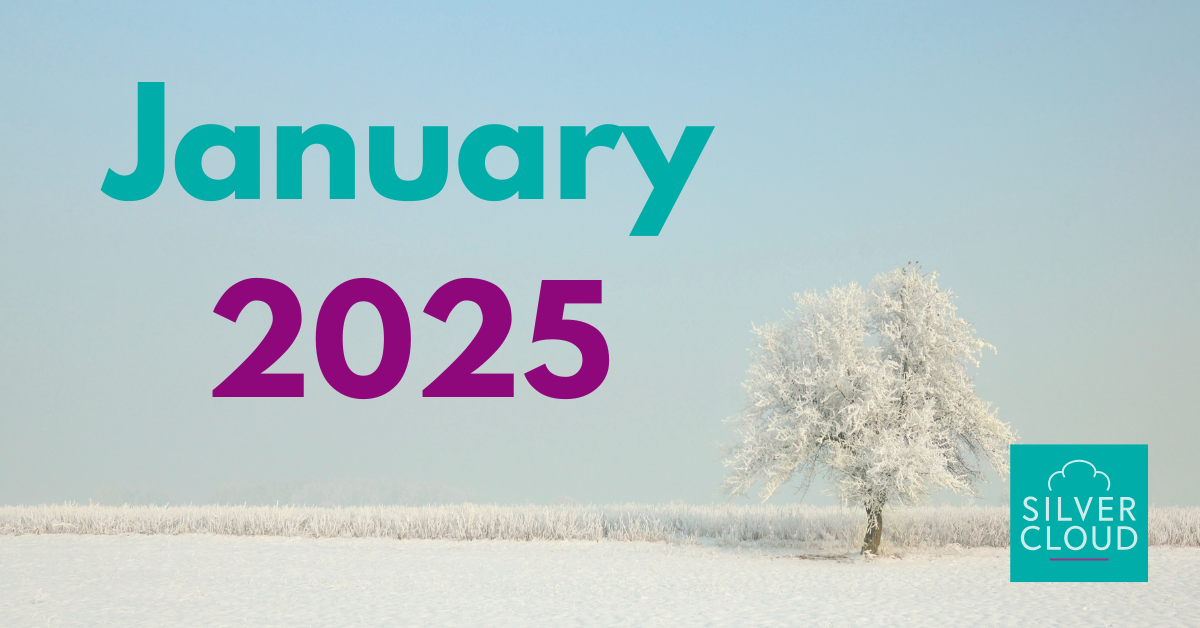How HR tech can help you gain a competitive advantage through diversity and inclusion
by Silver Cloud

According to a study by the World Bank, gender-based parity in pay could see the World economy grow by £120 trillion. On a more local level, businesses with a gender diverse workforce in their senior management teams are 21% more likely to report an above average financial performance. And those which are ethnically and culturally diverse are 33% more likely to outperform a rival that isn’t.
We know, apart from being fair employers, that organisations can gain competitive advantage through diversity and inclusion (D&I). So why does increasing employee diversity remain a hiring challenge and how can HR technology help?
What do we mean by workplace diversity and inclusion?
Before we jump into explaining exactly how HR technology can nurture a more diverse and inclusive workplace, let’s first consider what diversity and inclusion means.
Workplace diversity is an organisation-wide understanding, acceptance, and valuing of differences between employees. As the CIPD states in its approach to inclusive recruitment:
“Diversity is about visible and non-visible factors, which include personal characteristics such as sex, sexual orientation, gender, race, age, background, culture, disability, personality and work-style.” CIPD
Inclusion increases the participation and contribution of all employees through a collective, supportive, and respectful working environment.
Sounds straightforward enough?
It does get a bit more complicated however when we look at how different generations view diversity. Research from Deloitte shows that millennials view workplace diversity as the combining of different experiences, backgrounds and perspectives and recognise that this creates innovation. Gen X and Boomers, on the other hand, are likely to have different views. They see workplace diversity as equal and fair representation regardless of demographics. They do not necessarily consider diversity’s relationship with business results.
Diversity and inclusion then, is how your practices support and promote a cross-generational diverse workforce and leverage this to be more competitive. As a useful summary, the CIPD states:
“Organisations that work to be both diverse and inclusive gain advantage from attracting skills and expertise from wide pools of talent and better ways of engaging with diverse customers and clients”. CIPD
How can HR tech help create a more inclusive diverse workforce?
From talent acquisition and onboarding, to promotions, employee engagement and recognition, becoming a diverse and inclusive employer requires a complete rethink. An overhaul of how you hire and manage talent.
It must trickle through every aspect of your business and, you’ve guessed it, it can no longer be done without the right technology, as the research report by Gartner shows:
“D&I realization requires top-down action across all stages of people-related decisions to establish data-driven decision-making … Organizations will find it hard, if not impossible, to execute D&I interventions of this breadth without technology support.”
Removing unconscious bias in recruitment
To have a more diverse pool of potential applicants to draw from, you need a talent acquisition plan that proactively reaches-out to those candidates.
A company might create a plan for improving diversity and inclusion, but if it doesn’t address unconscious biases, it won’t make much of an impact.
Unconscious bias can take many forms. It could be a hiring manager hiring in their own image. It might be that they’ve already formed an assumption based on pre-existing views. These views could be formed based on a person’s gender, ethnicity, sexual orientation, which university they went to or town they grew up in!
HR tech can help remove unconscious bias from the recruiting and interviewing process.
The HR technology solution
More hiring managers are now using automation technology to reduce unconscious bias to close the diversity gap. HireVue, for example, is an app that helps employees achieve a fair interviewing process, allowing candidates to respond to the same questions, play the same games, and receive the same amount of time to prepare and answer. And, with ethically-designed algorithms, candidates’ responses are evaluated against identical criteria, every time.
Some HR D&I software platforms have introduced psychometrics into the mix. Take Headstart for example. The algorithm-driven recruitment platform has just completed a trial matching graduates to jobs. It is based on psychometrics and uses AI to analyse mutual needs so that it does not focus on which university the candidate went to. The technology also enables employers to prioritise applications from under-represented groups.
Over time, as candidates apply through these new-found sources and provide information about themselves, the same tools can pool the data, analyse it and let you know which recruitment channels are helping your D&I strategy. Take Textio Hire, as an example. The app helps employers analyse and improve their job postings. It can predict the performance of postings and make recommendations to improve gender-biased language to attract the more diverse talent.
How can you build D&I into rewarding and recognising employees?
Diversity and inclusion in a HR tech environment does not start and end with talent acquisition.
Ideally, employees would be rewarded equally for the work that they do, every time. But research shows this isn’t always the case, even in companies that have a diversity and inclusion plan.
For example, when HR software specialist Namely analysed client data from 175,000 professionals, they discovered that employees tend to praise other employees of the same sex more frequently. Nearly 64% of all recognition given to women came from other women.
If a firm is hiring plenty of diverse candidates but not giving them the opportunity to progress, then they will become disengaged and leave.
The HR technology solution
One way to highlight the efforts of all employees is to create a culture where employees openly praise each other on an internal social network. Every time an employee is praised for their efforts, they are recognised as having made a valuable contribution.
Sage People’s people management software, for example, enables users to give shout-outs to colleagues for peer recognition across the company. Meanwhile, line managers access this praise data, which can be used within performance reviews.
Not only does this type of technology boost morale, a job well-done is less likely to go unnoticed because everyone in the company has the option to openly voice their praise.
How do you measure the impact of your D&I efforts?
Data should be used to inform and not make decisions. For diversity and inclusion to work you need to have a wide candidate pool to select from. But forcing quotas doesn’t offer diversity or inclusion. Instead, it can lead to a poor hire. Aim for targets, not quotas.
With gender pay gap reporting in place and ethnicity pay gap reporting under Government consultation, you’ll already have some metrics in place. But where these metrics are limited is in measuring the true impact of D&I.
The HR technology solution
This is where emerging Voice of the Employee (VoE) software solutions add value. VoE platforms are capable of capturing, storing and analysing direct, indirect and inferred employee feedback. These platforms can even be integrated into existing systems, so if employees are talking about a lack of D&I on a company’s communications software, VoE could capture this. Likewise, they’ll identify when there’s a spike in searches for your discrimination policy online.
When combined with any surveys you may run, VoE can give HR Directors more insight into whether their D&I efforts are working on the ground!
Ultimately though - to gain a competitive advantage through diversity and inclusion - you need to look beyond what technology alone can offer. You must obtain company-wide buy-in from day one and much of this comes down to careful planning and analysis. That’s where Silver Cloud HR can offer invaluable guidance.
At Silver Cloud HR, we support businesses of all sizes to find innovative D&I solutions. To book a no-obligation consultation with one of our HRIS consultants, contact us today.



